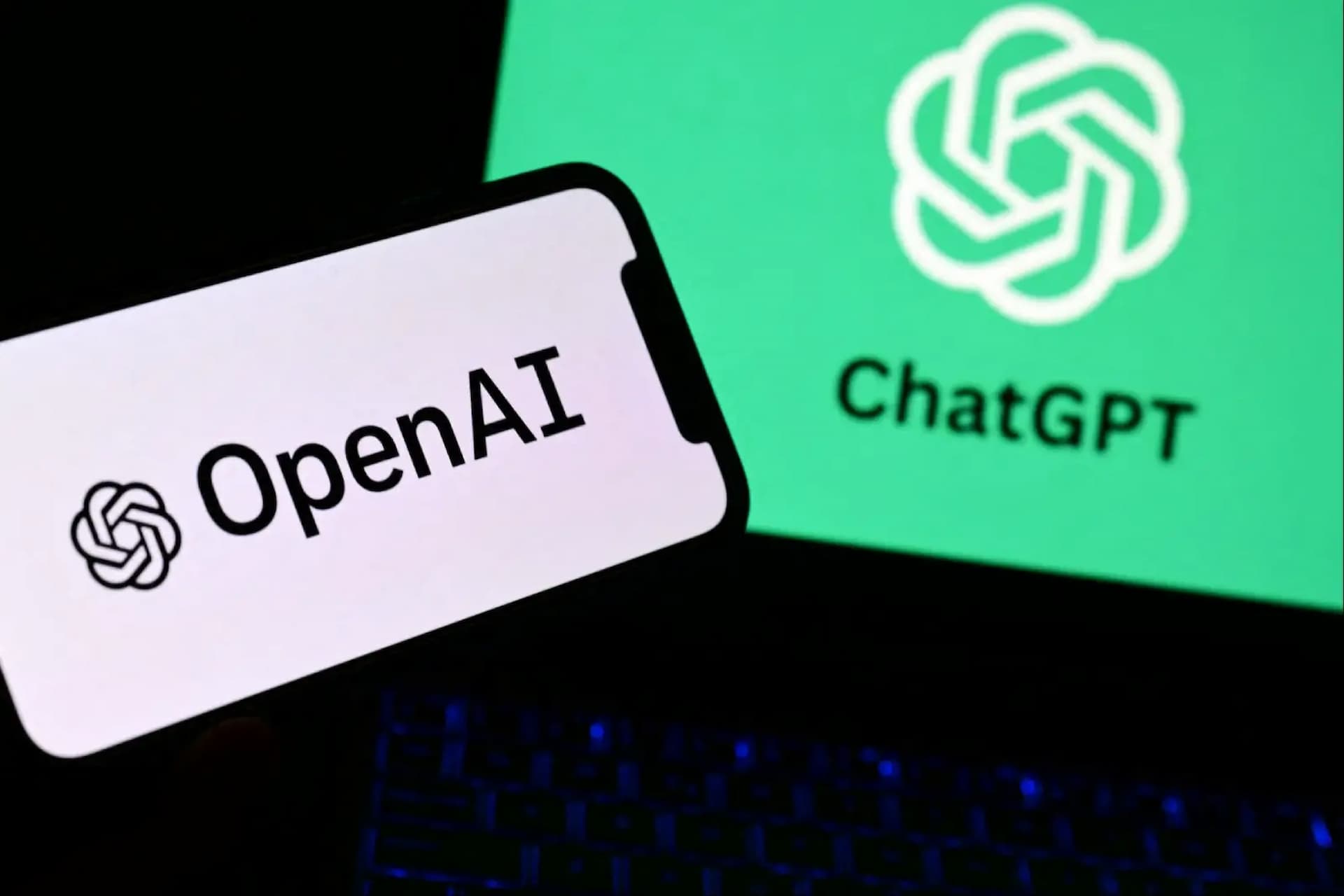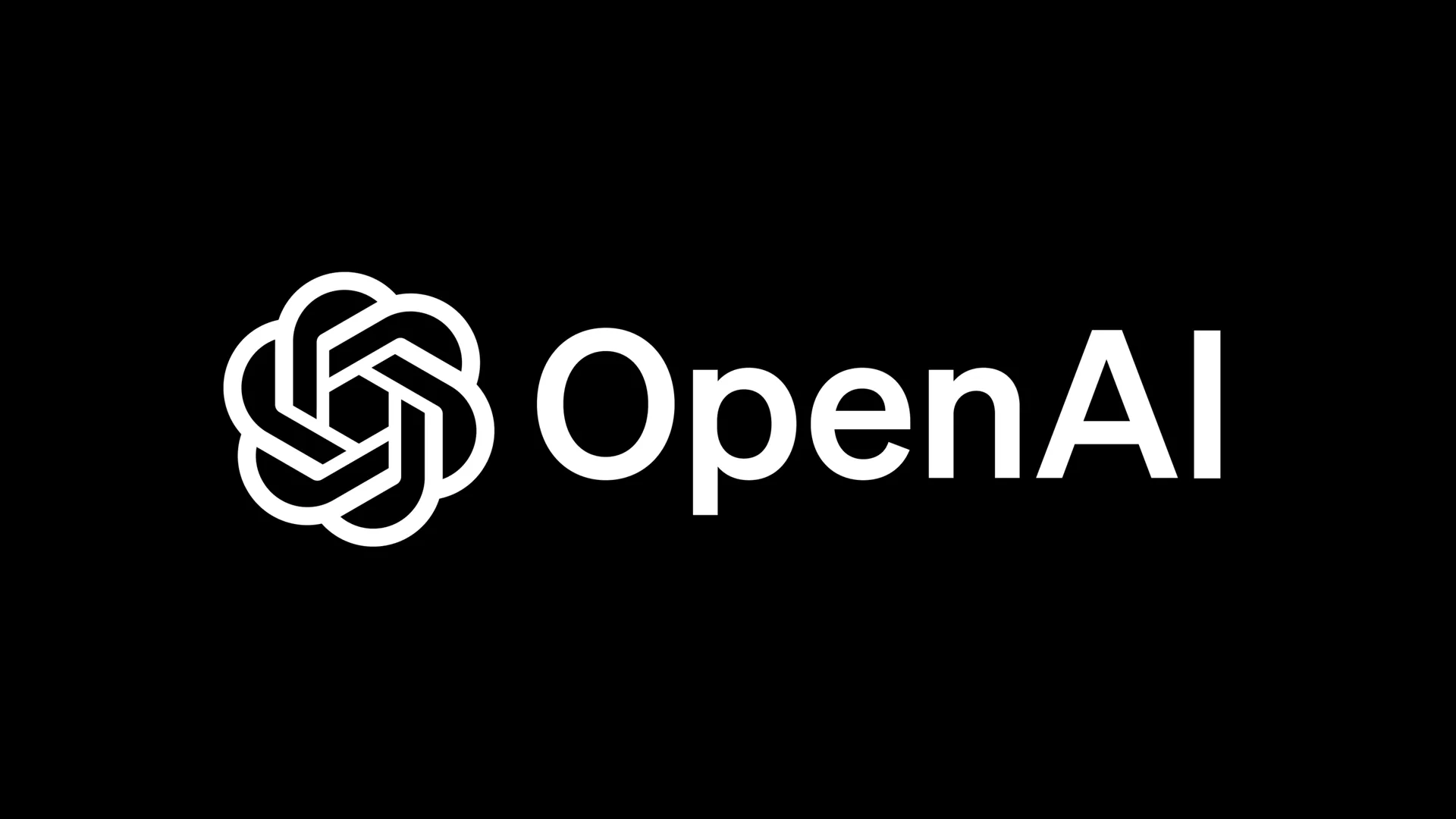A new analysis examines the impact of AI on North Macedonia’s media sector, offering guidance on ethical standards, human rights, and regulatory approaches.
Prepared in both Macedonian and English, the study benchmarks the country’s practices against European frameworks and provides actionable recommendations for future regulation and self-regulation.
The research, supported by the EU and Council of Europe’s PRO-FREX initiative and in collaboration with the Agency for Audio and Audiovisual Media Services (AVMU), was presented during Media Literacy Days 2025 in Skopje.
It highlights the relevance of EU and Council of Europe guidelines, including the Framework Convention on AI and Human Rights, and guidance on responsible AI in journalism.
AVMU’s involvement underlines its role in ensuring media freedom, fairness, and accountability amid rapid technological change. Participants highlighted the need for careful policymaking to manage AI’s impact, protecting media diversity, journalistic standards, and public trust online.
The analysis forms part of broader efforts under the Council of Europe and the EU’s Horizontal Facility for the Western Balkans and Türkiye, aiming to support North Macedonia in aligning media regulation with European standards while responsibly integrating AI technologies.
Would you like to learn more about AI, tech and digital diplomacy? If so, ask our Diplo chatbot!









